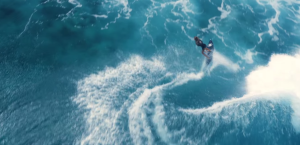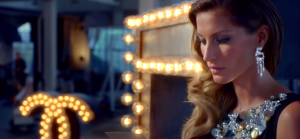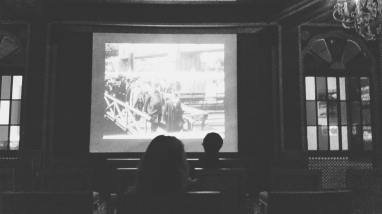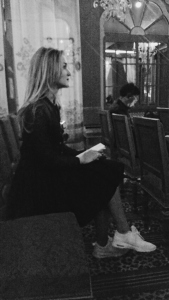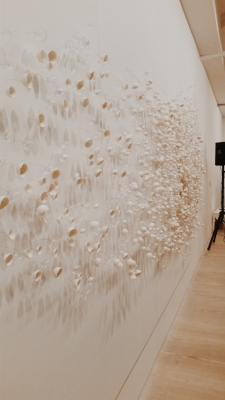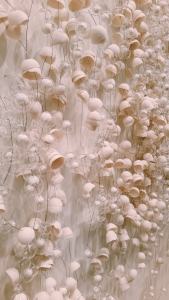The world`s top advertising agencies have produced a large number of outstanding campaigns with a creative approach and powerful messages. If I am asked to name my favorite ones I will struggle to do so. However, there are a few video commercials, dare I say so, that have inspired me as a creative thinker.
Chanel N°5: The One That I Want. The Film
Directed by Baz Luhrmann (famous for the Great Gatsby), the commercial of Chanel N°5 iconic perfume beloved by Marilyn Monroe is a phenomenal reflection of the impeccable style of the brand. The commercial is serenity on one side and sensuality on the other. What makes this short film so special? Well, many things. Starting from the cast, their costumes, the scene and continuing with … colors. In this post I would like to pay more attention to the colors of the video.
When you watch this commercial you instantly notice the predominance of blue color – the ocean, Gisele`s eyes (the main character of the commercial), the suit of her admirer. Though there are dozens of shades of blue, it all appears to give a sense of calmness and triggers thought. Why? The experts in visual storytelling say that blue color encourages people to think and at the same time makes them powerless. I have recently read one book on how colors are being used in cinematography. I was surprised to learn that even the shades of details of clothes, the walls in the rooms or flowers in the garden that appear in the movie are used with specific purposes and are carefully chosen by the filmmakers.
There are a few shades that stood out for me in the video. The first is the wave. Although experts say that blue color disarms, we cannot deny the power of the wave. The first thing that came into my mind was The Great Wave of the Japanese artist Hokusai. As Gisele glides on the wave, practically taming it, she brings a balance between the calmness of blue water and the strength of the wave.
The color of the eyes of both models in the commercial stands out too, reminding the color and power of the wave. I have noticed that although the model is wearing a black swimsuit followed by a white dress, there is always a shade of blue added which makes the picture very complete. I noticed beautiful tones of deep blue in her eye makeup too.
However, not all the scenes appear blue – the scene of the young singer and the meeting scene at the end are full of reds. The change (especially such contrasting) of the colors always has a strong influence on the viewer. The coldness and composure of surfing is changed by the warmer shades of red and gold, bring more emotions and even love into the film. When Gisele finally enters the concert hall and approaches to the man waiting for her, red color empowers the man as he appears to have more control on the situation.
There is also another important color detail in the video – the golden touches of Chanel: the perfume, the package of the lipstick, the dress the model is wearing on the photoshoot, the stars on the skirt of her daughter, the lights on the huge “5” and “chanel” brand signs, the lights of the night city … all these details are there to highlight the iconic colors of the brand. Every color is part of the story that the video tells. We do not notice, but the colors influence our perception of reality, they bring out a whole new story. The video tells us one thing and our imagination influenced by the shades, tells us another…
“Artists can colour the sky red because they know its blue. Those of us who aren`t artists must colour things the way they really are or people might think we`re stupid”.
Jules Feiffer
P.S. the video was take in Madeira and Cascais, Portugal

